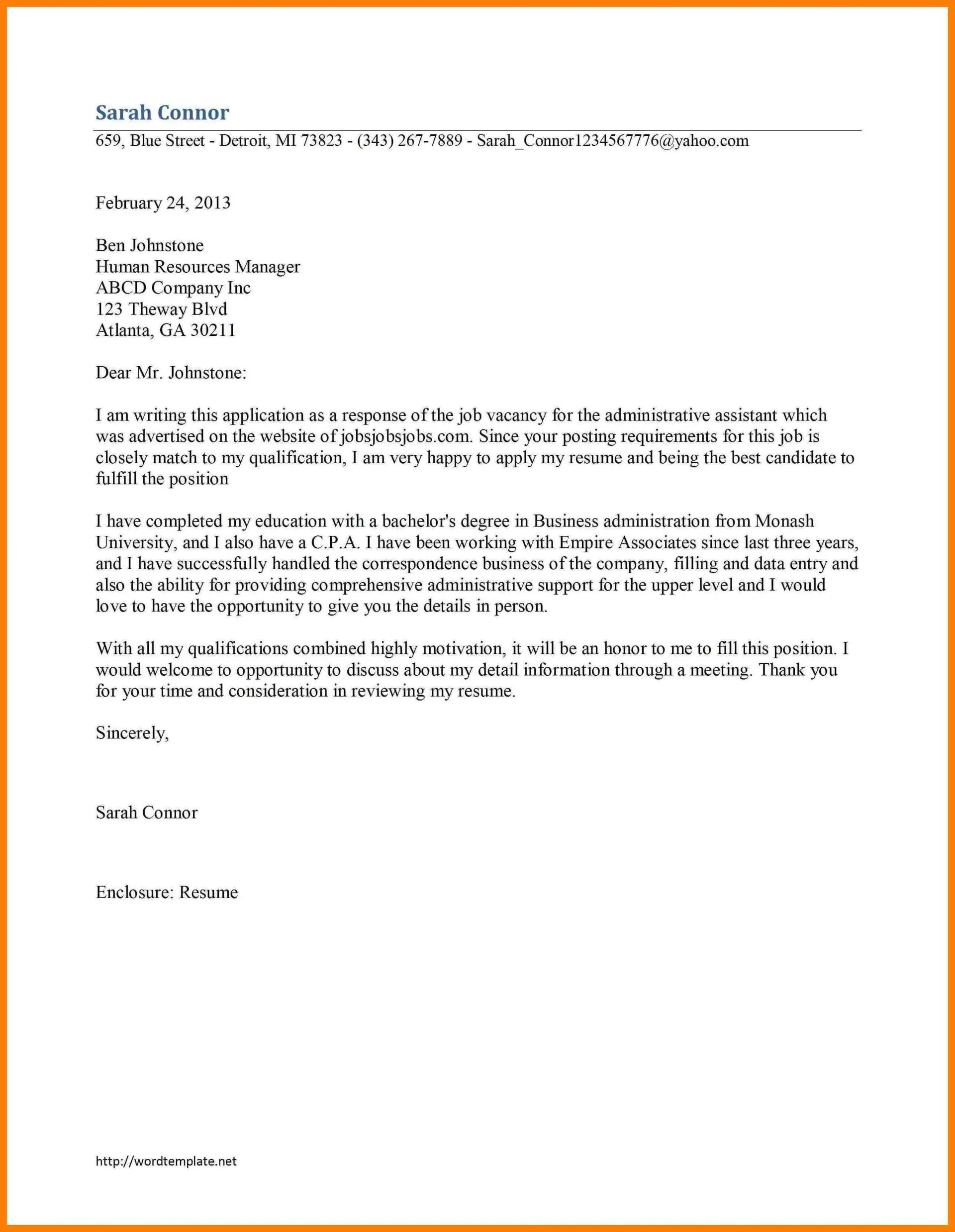Why an Internal Cover Letter Matters
Applying for an internal job often seems less formal than an external application, but a well-crafted cover letter is still crucial. It serves as your initial introduction to the hiring manager, showcasing your interest, qualifications, and suitability for the role. Unlike simply submitting a resume, a cover letter allows you to elaborate on your experiences, highlight relevant skills, and demonstrate your understanding of the company’s needs. It is an opportunity to differentiate yourself from other internal candidates by articulating your value proposition in a compelling and personalized manner. By taking the time to write a targeted cover letter, you convey professionalism, enthusiasm, and a genuine desire to advance within the organization. A strong internal cover letter underscores your commitment to the company and your career aspirations.
Highlighting Your Internal Achievements
One of the key advantages of applying for an internal job is your existing familiarity with the company. Use this to your advantage by highlighting your achievements within the organization. Instead of just listing your responsibilities, focus on the results you’ve delivered. Quantify your accomplishments whenever possible. Did you increase sales, improve efficiency, or reduce costs? Providing concrete examples of your contributions demonstrates your value and potential for success in the new role. Moreover, emphasize how your previous experiences align with the requirements of the target position. Show the hiring manager how your past performance makes you an ideal candidate for this internal opportunity, showcasing your history of successes.
Quantify Your Accomplishments

Quantifying your accomplishments is a highly effective way to make your cover letter stand out. Instead of saying you ‘improved customer service’, state that you ‘increased customer satisfaction scores by 15%’. Use numbers and data to illustrate your impact. Did you lead a project that was completed on time and under budget? Did you implement a new process that saved the company money? Include specific figures to give the hiring manager a clear picture of your contributions. Quantifiable achievements are not only more convincing but also easier to measure and compare. They provide tangible evidence of your skills, dedication, and ability to deliver results. This approach adds credibility to your claims and strengthens your candidacy, making you a more attractive choice for the internal job.
Use Action Verbs for Impact
The language you use in your cover letter can significantly affect its impact. Use strong action verbs to describe your accomplishments and skills. Start each bullet point or sentence with action verbs that highlight your proactive approach and capabilities. Words like ‘managed’, ’led’, ‘developed’, ‘implemented’, ‘achieved’, and ‘collaborated’ make your statements more dynamic and engaging. They convey a sense of purpose and initiative. Avoid passive language and vague descriptions. Instead, focus on what you did and the positive outcomes of your actions. By using powerful action verbs, you immediately capture the reader’s attention and clearly illustrate your abilities and contributions. This approach helps to make your cover letter more compelling and memorable.
Tailoring Your Cover Letter
Generic cover letters rarely impress hiring managers. Tailoring your cover letter for each internal job application is essential. This means customizing your letter to match the specific requirements and responsibilities outlined in the job description. Research the role and the team to understand the skills and experiences that are most relevant. Highlight those qualifications and provide specific examples of how you have demonstrated them in your previous roles. Showing that you have taken the time to understand the position and tailor your application demonstrates your genuine interest and commitment. A customized cover letter is far more likely to resonate with the hiring manager than a generic one. This approach underscores your dedication to securing the internal job and highlights your suitability for the role.
Understanding the Job Description
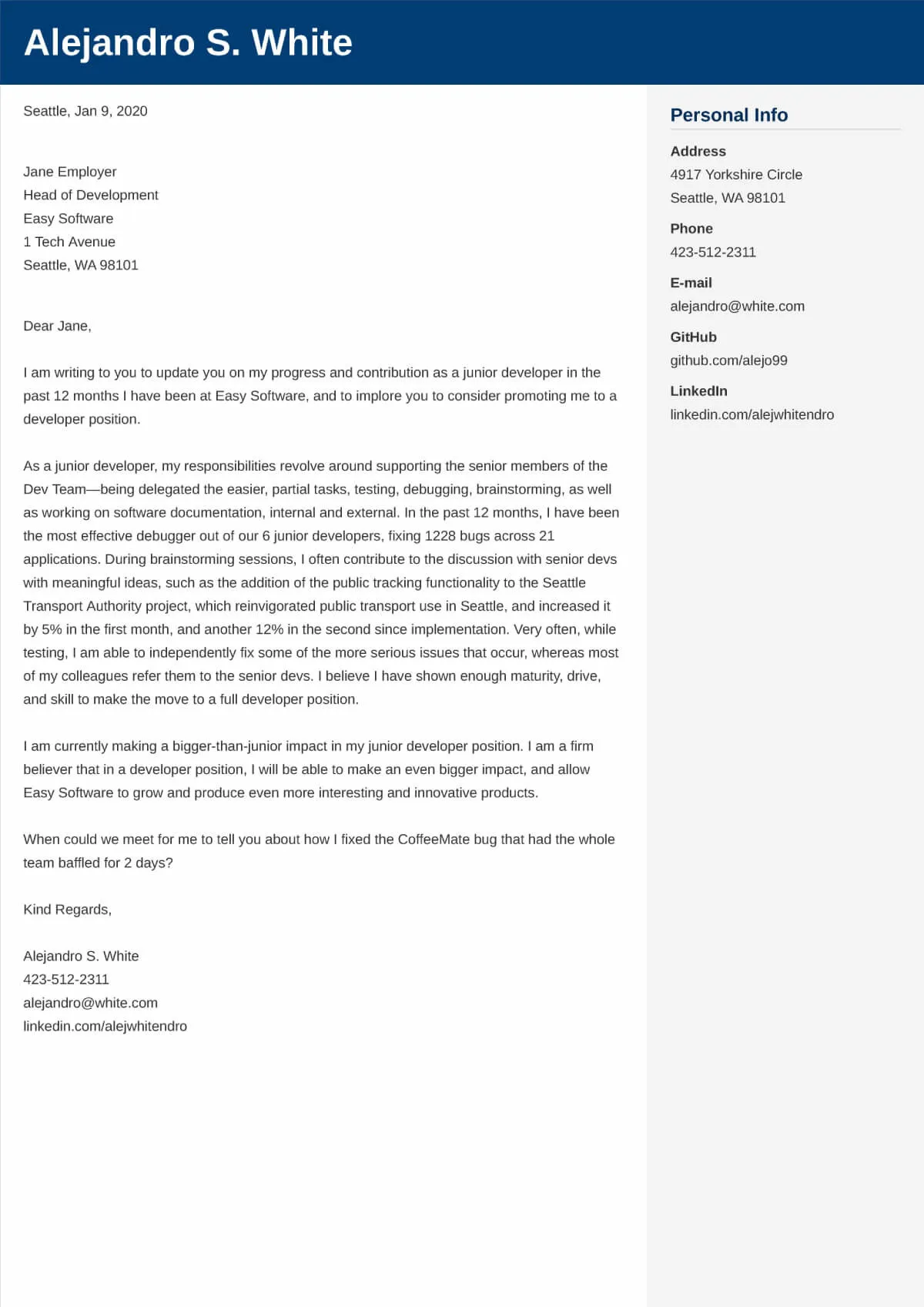
Thoroughly reviewing the job description is the first step in tailoring your cover letter. Pay close attention to the key responsibilities, required skills, and desired qualifications. Identify the essential requirements and highlight how your skills and experiences align with them. Use the same keywords and phrases from the job description to show that you understand the role and have the necessary qualifications. This demonstrates that you have carefully considered the position and understand what the hiring manager is looking for. By directly addressing the requirements outlined in the job description, you make it easy for the hiring manager to see how well you fit the role. This strategic approach significantly increases your chances of getting an interview.
Matching Skills and Requirements
Once you have a clear understanding of the job description, match your skills and experiences to the requirements. Provide specific examples of how you have demonstrated the necessary skills in your previous roles. For each requirement, cite a relevant achievement or project where you successfully applied that skill. Be concise and specific, and provide quantifiable results whenever possible. This demonstrates your ability to perform the duties of the new role and showcases your qualifications in a tangible way. It shows the hiring manager that you are not just listing skills, but that you have a proven track record of applying them successfully. Highlighting the alignment between your skills and the job requirements strongly increases your chances of moving forward in the application process.
Formatting Your Cover Letter
Proper formatting is crucial for creating a professional and readable cover letter. A well-formatted letter is easy to read, visually appealing, and reflects your attention to detail. Choose a clear and professional font, such as Arial, Times New Roman, or Calibri, and use a font size between 10 and 12 points. Ensure consistent spacing and margins throughout the document. Use headings and bullet points to break up large blocks of text and make the content more digestible. A well-formatted cover letter demonstrates your professionalism and makes it easier for the hiring manager to quickly grasp your qualifications and key accomplishments. This attention to detail will make a positive impression and increase your chances of success.
Professional Font and Layout
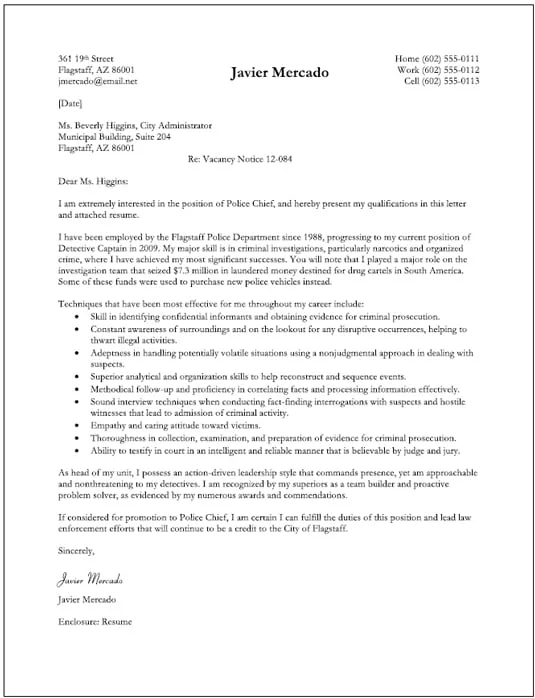
Selecting the right font and layout is critical for the visual appeal and readability of your cover letter. Choose a clean and professional font that is easy to read, such as Arial, Calibri, or Times New Roman. Avoid overly ornate or unusual fonts. Use a standard font size of 10–12 points and ensure consistent spacing and margins throughout the document. Left-align your text and use a single space between lines. Use headings and bullet points to break up the text and make it easier to scan. Keep your layout clean and uncluttered. A well-designed cover letter not only enhances readability but also demonstrates your professionalism and attention to detail. This will leave a positive and lasting impression on the hiring manager.
Structuring Your Internal Cover Letter
A well-structured cover letter makes it easy for the hiring manager to understand your qualifications and why you are the best fit for the role. Start with a strong opening that clearly states the position you are applying for and how you learned about the opportunity. In the body paragraphs, highlight your relevant skills and experiences, providing specific examples of your accomplishments. Tailor each paragraph to address a key aspect of the job description. Finish with a compelling closing that reiterates your interest in the position and expresses your enthusiasm for the next steps. A clear and concise structure guides the reader through your qualifications and makes a strong case for why you should be chosen for the internal job.
The Opening Paragraph
The opening paragraph of your cover letter sets the tone and makes a crucial first impression. Begin by clearly stating the position you are applying for and how you learned about the opportunity. If you were referred by someone within the company, mention their name. Show your enthusiasm for the role and company. You want to grab the hiring manager’s attention from the start. This is your opportunity to immediately demonstrate your interest and highlight your connection to the organization. Make your opening concise and impactful. The goal is to create a strong opening that convinces the hiring manager to read the rest of your letter.
Body Paragraphs
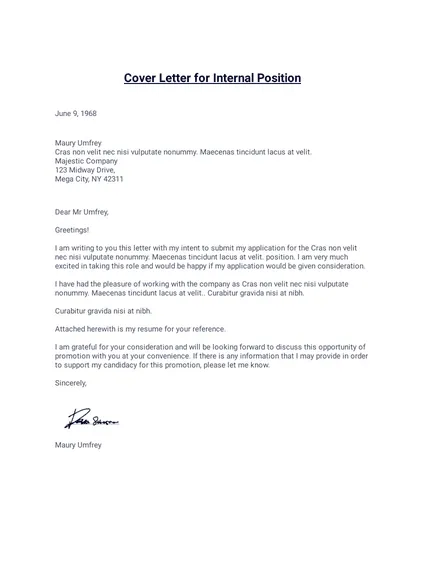
The body paragraphs are the core of your cover letter, where you showcase your qualifications and experience. Divide the body into several paragraphs, each addressing a key requirement or aspect of the job description. Provide specific examples of your accomplishments and how they align with the needs of the new role. Quantify your achievements whenever possible. Use strong action verbs to highlight your skills and contributions. Keep each paragraph focused and concise, and ensure the content is relevant to the position. The body paragraphs should provide a compelling narrative that convinces the hiring manager that you are the best candidate for the job.
Closing Your Cover Letter
The closing paragraph of your cover letter is your final opportunity to make a strong impression. Reiterate your interest in the position and express your enthusiasm for the next steps in the hiring process. Thank the hiring manager for their time and consideration. Include a call to action, such as stating that you look forward to hearing from them soon. This shows your confidence and initiative. Proofread your letter carefully before submitting it to ensure it is free of errors. A strong closing leaves a positive impression and increases your chances of being invited for an interview, taking you one step closer to securing the internal job.
Proofreading and Editing
Proofreading and editing are critical steps in ensuring your cover letter is polished and professional. Carefully review your letter for any grammatical errors, typos, and formatting inconsistencies. Errors can undermine your credibility and distract the reader from your qualifications. Take the time to read your letter aloud, as this can help you catch mistakes you might miss when reading silently. Ask a colleague or friend to review your letter as well, as a fresh pair of eyes can often spot errors that you may have overlooked. Proofreading ensures that your cover letter is error-free, professional, and reflects your attention to detail. This crucial step increases the effectiveness of your letter and improves your chances of getting an interview.
Common Mistakes to Avoid
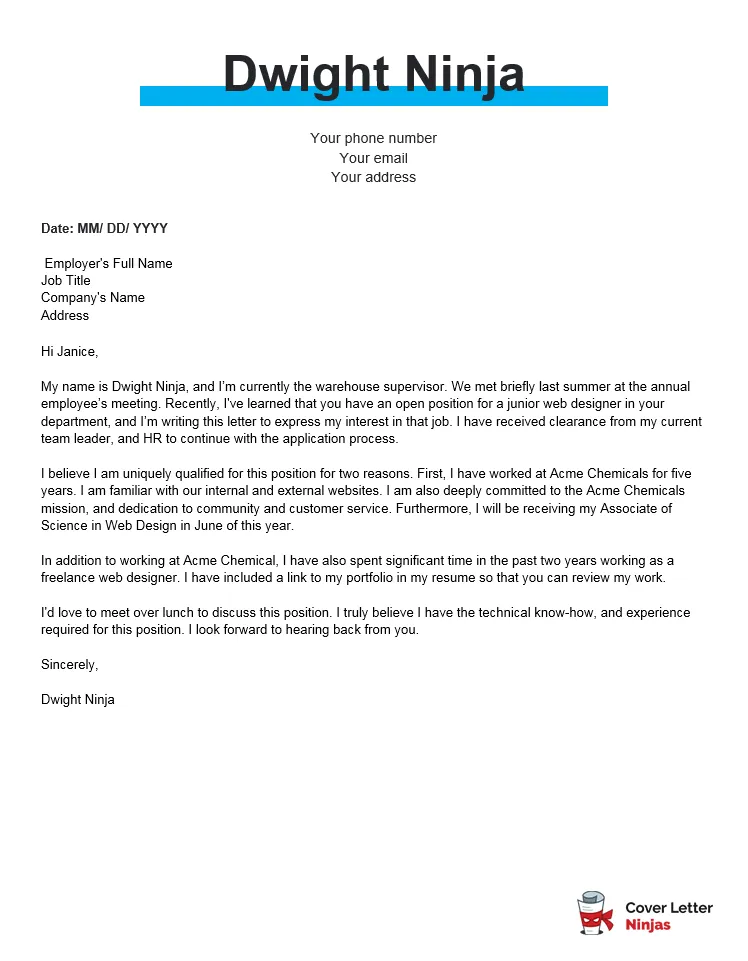
Avoid common mistakes that can negatively impact your cover letter. Don’t make generic statements about your skills; instead, provide specific examples. Do not simply restate your resume; the cover letter should elaborate on your experiences and highlight achievements not explicitly mentioned in your resume. Avoid using jargon or overly technical language that the hiring manager might not understand. Don’t be negative or critical of your current employer or colleagues. Keep your letter concise and to the point, and don’t exceed one page in length. Avoid including irrelevant information or personal details. Following these guidelines ensures your cover letter makes a positive impression and effectively showcases your qualifications for the internal job.
